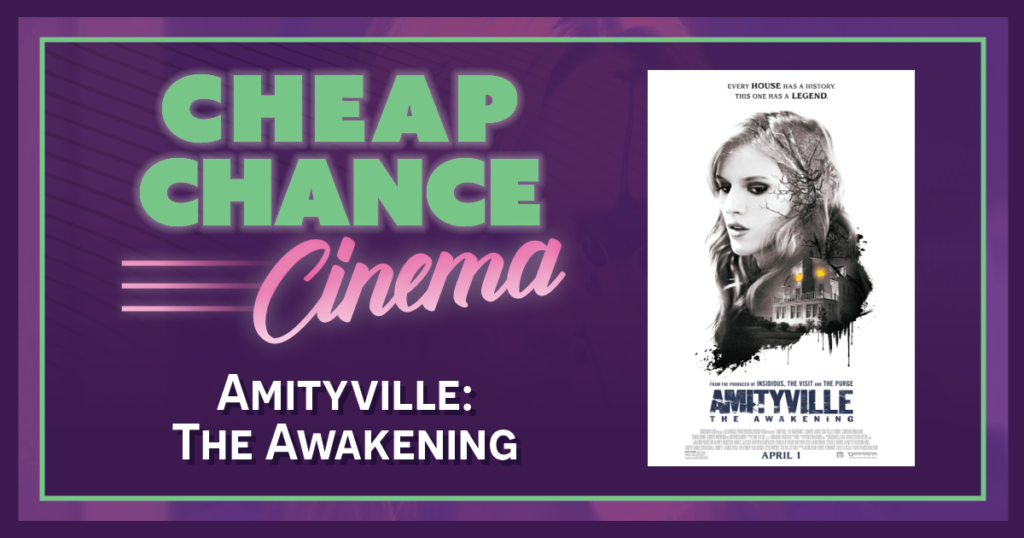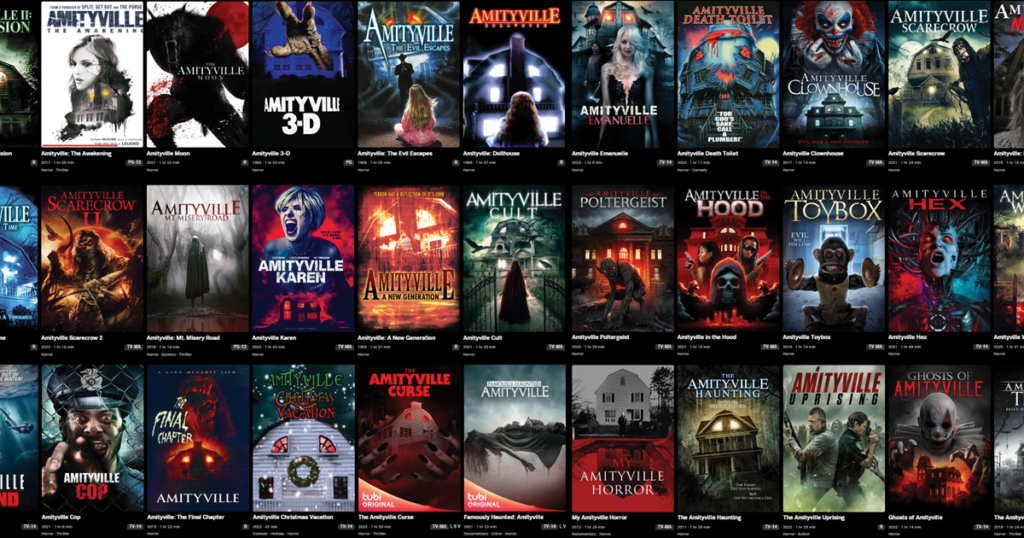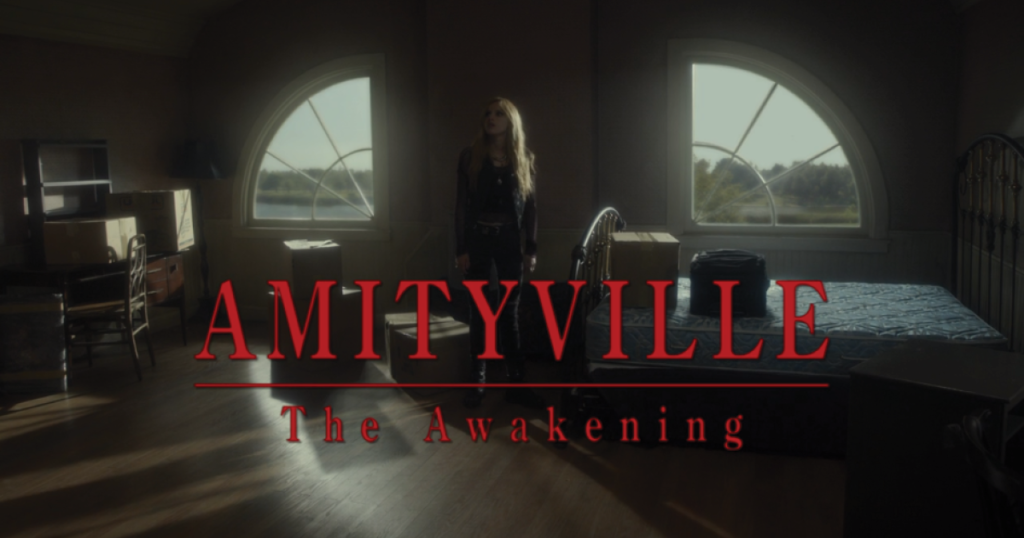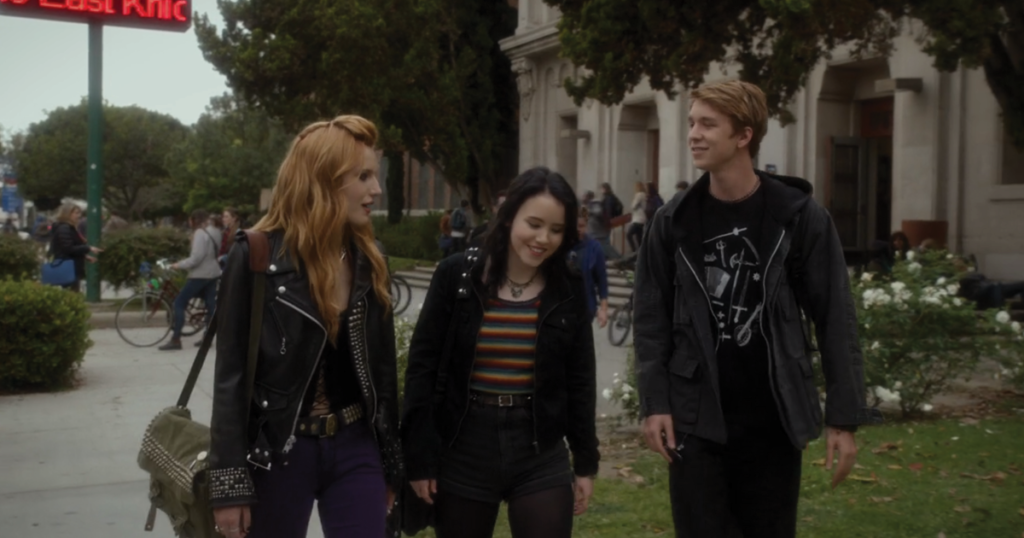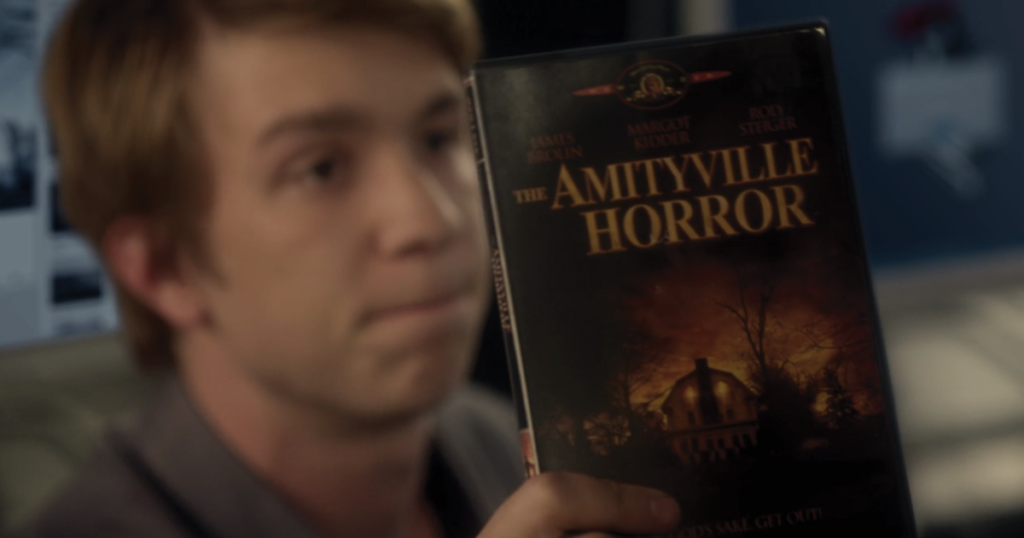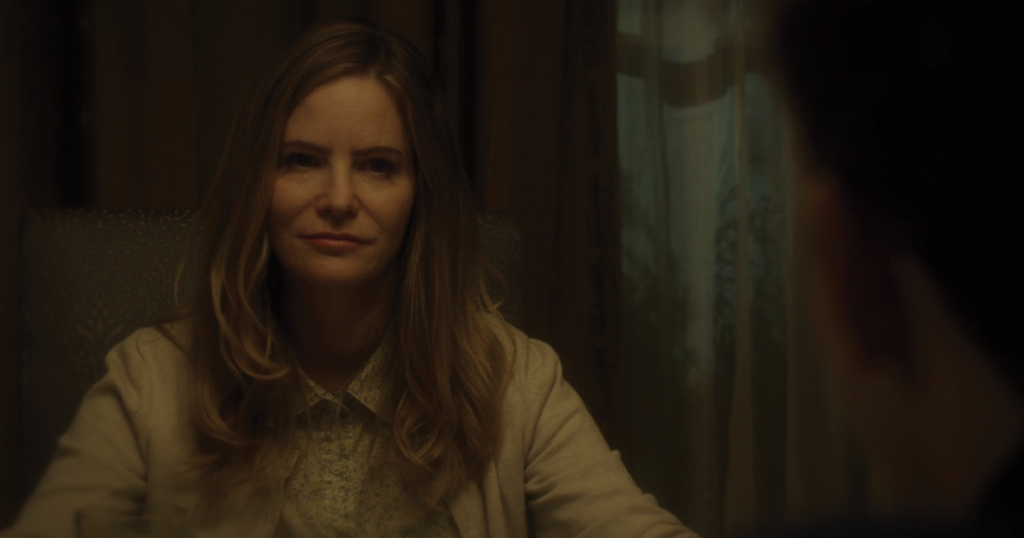AI is the topic du jour for many out there. This ranges from the ongoing SAG-AFTRA and WGA strikes on Hollywood’s use of AI to the ethical, moral, and philosophical questions we’re quickly having to find answers for the larger issue of AI’s potential place within our society moving forward. While I’m not going to get too in the weeds with AI talk nor will I get into my complicated thoughts on the subject, I will use this as a jumping off point to discuss a similar, deceptively innocent tool that has had a negative impact on art. Or that’s what I’ll be arguing at the very least.
Judging solely from what has been made publicly available, AI seems to be little more than an automated system designed to navigate and analyze big data quickly and efficiently – albeit with a user interface mimicking human interaction. That latter part is where many people get hung up on. Something that looks human, acts human, or sounds human triggers something deep down in all of us, producing feelings of uneasiness. The natural evolution of that thought becomes, if the AI looks, acts, and sounds human, can it replace humans? While this suspicion is understandable, the ability to navigate sets of big data (and who has access to that data), is problematic. Almost as problematic and deserving of our attention as the “computers are gonna take our jobs” argument.
Luckily for you, this isn’t going to be a feature filled with hypothesizing – I have clear examples of big data being exploited by companies/corporations to better capitalize on art. An easy example to draw on are review aggregators such as RottenTomatoes and IMDB. Both currently use large sets of data – collections of reviews, ratings, and opinions on every movie ever released – to drive engagement with users, sell advertising, and I would argue (whether intentionally or not) have manipulated their users into thinking in very linear ways about art.

Thinking on any art form in only one way is a foolish endeavor. More often than not, art is complicated and layered with multiple elements, themes and meanings waiting for the audience to discover. Good artists know this and will create art with this in mind, allowing the viewer to impart their own experiences, beliefs, and ideas onto the art as well. It is in this way that art becomes a mirror for all who view it, with each and every person being shown a different reflection.
This is one of the several reasons why a large portion of artists (and by the same logic, movie directors) don’t like to explain the meaning behind their works. These creators want to leave the interpretations up to their audiences. This back-and-forth relationship helps art to continue evolving long past the completion of the art itself. Art by its very nature is a communal experience that invites a multitude of interpretations. To think about art in a linear, black-and-white fashion is akin to neutering art altogether.
But how do RottenTomatoes and IMDB manipulate you into this linear way of thinking? Let’s start with RottenTomatoes, whose entire operation revolves around the opinions of a collection of certified movie critics deciding if a particular movie is fresh or rotten. If a movie gets a favorable review (usually a C or better on a graded scale), it’s considered fresh. If it receives an unfavorable review, it’s considered rotten. Then, the percentage of fresh reviews is calculated and labeled as the Tomatometer score for that movie. The same is then done for user reviews which are presented as the Audience score.
Using two examples from the Most Popular list of movies on RottenTomatoes, Asteroid City and Joy Ride, we can see just how misleading the Tomatometer can be. Asteroid City and Joy Ride both have average critic scores of 7.0 and 7.3 out of 10 respectively, not much of a disparity there, right? But this score is hidden, revealed after additional clicks into the data. What you would see if looking only at the Tomatometer is Asteroid City being given 74% and Joy Ride 91% – making the two movies look like they’ve been received much differently than the 0.3 point difference in their average scores. With RottenTomatoes actively suppressing the actual critical averages in favor of their Tomatometer percentage, one look at both of these movies and the quick assumption would be that Joy Ride is not only the better choice, but received significantly better than Asteroid City – which again, is not the case.
If that’s too much of a leap, let’s compare Asteroid City to the recent DC superhero movie, Blue Beetle – which scored comparably to Asteroid City on the Tomatometer, only a 3% difference. That 3% favors Blue Beetle – Asteroid City with its 75% vs. Blue Beetle with its 78%. Again, quickly judging off the Tomatometer (the most prominent statistic for any movie on RottenTomatoes) you might get the impression that between these two movies, the critics enjoyed Blue Beetle more. However, digging into the actual metrics, you can see that average reviews show a different story, with Asteroid City being given a 7 out of 10 average against Blue Beetle’s 6.4 out of 10. Intentionally or not, RottenTomatoes is misrepresenting critical and popular opinion in favor of a score that doesn’t reflect quality but rather palatability.
See More: How Does CinemaScore Work? RottenTomatoes IMDb, and Metacritic Explained

In addition to the blatantly misleading nature of the Tomatometer and its manipulation of consumers, RottenTomatoes has affected the movie industry as well. RottenTomatoes has long been viewed by many as a reputable and go-to source of information for movies. Many consumers began trusting the Tomatometer and voting with their money accordingly. A Fresh rating on RottenTomatoes could help your movie gain word of mouth and success at the box office. Likewise, a Rotten rating could spell box office disaster, especially with embargos releasing days to a week before a movie’s opening. Movie studios love to plaster a “Fresh” logo on their movie posters and promotional materials because they know it’s effective.
So of course all of these movie studios want “Fresh” ratings from RottenTomatoes and honestly, it doesn’t take too much to crack the code – hint: it’s palatability. To obtain a “Fresh” rating, you need to win over as many people as possible. Remember, the Tomatometer is a measure of mass likability, not quality. If you want to get as close to 100% on RottenTomatoes, then you would need something totally risk-averse. You would need the movie equivalent of chicken nuggets. That’s what a 100% on the Tomatometer represents…and it’s not a very exciting prospect, is it?
See More: RottenTomatoes and the Unbearable Heaviness of Data: Is RottenTomatoes Ruining Movies?
But what about IMDB? IMDB takes care of that problem by placing its user average visibly out in the open – there is no twice-removed, magical percentage of likability. Well, that’s not exactly true either. IMDB utilizes something it calls a “Weighted Average Rating” which gives a rating that it calculates rather than the average of the raw user score data. To quote IMDB, “ The simplest way to explain it is that although we accept and consider all votes received by users, not all votes have the same impact (or ‘weight’) on the final rating.” So not even the rating on IMDB gives an accurate representation of the average user rating.
Larger still, both RottenTomatoes and IMDB are plagued with an issue that faces many large websites out there. That issue? The easy barrier for entry makes it possible for malicious users and groups with mean-spirited campaigns to target specific movies with ideas, themes, or simply the inclusion of actors that they disagree with.

For all the social media hype around fun, harmless memes like Morbin’ Time, Barbenheimer, or the Gentleminions trend (where teens showed up to numerous showings of Minions: The Rise of Gru in tuxedos), there are an equal number of campaigns with more malicious intent. These are led by bad faith actors who actively work to downvote and degrade a movie as loudly as possible to prevent others from going out and supporting these movies. Worst of all, these campaigns can frequently stem from places of misogyny, xenophobia, and bigotry.
These hateful undertones have been documented multiple times over the past several years with very vocal campaigns rallying against some high profile, female led projects such as Ghostbusters (2016), Star Wars: The Last Jedi, The Little Mermaid, and Captain Marvel. Race, culture, and other sexualities are also frequently targeted by these malicious campaigns. Come Away, Fahra, Bros, and The Promise are all recent examples of some noted releases that have had reports of bad-faith review-bombings…many times coming in well before the movie was even released.
See More: The Troubling Rise of Review Bombings
For all of these reasons and more, I would encourage everyone out there to start putting a little less significance on these review systems. I mean, at the end of the day, all review systems are intrinsically silly and one-sided, because again, art speaks to every single person differently. Every critic reviewing something not only sees a piece of art differently, but also talks about and rates that art according to their own specific criteria – not some universally creed.
Ultimately, I’d recommend not getting caught up in what I’d call “groupthink”. It’s cool to be aware of any social zeitgeists surrounding certain movies and to experience it in the same moment that countless others are experiencing it too. But remember that it’s your experience and to listen to your responses to any experience. Don’t get caught up in what others think, but use their ideas and thoughts as a jumping off point into better analyzing your own thoughts.
Use RottenTomatoes or IMDB (or might I suggest Letterboxd) as a way to introduce yourself to the critics and personalities featured. Read multiple takes from different people on a couple of movies that you have strong opinions on. If you find yourself agreeing with a critic, start following that critic. They will become a solid resource for advice and suggestions on movies you may have never even heard of.
Do note that you shouldn’t just look for a critic or personality to follow whose opinions line up perfectly with yours. Not only does that critic not exist, but by only listening to those who share your exact views, you have a chance of ending up in an echo chamber. And there’s nothing better for stifling imagination, free thought, and creativity like echo chambers! Ultimately, just try to be open to thoughts and ideas of all kinds – opposing or similar – they all add unique context and perspective that can help enrich your movie-going experiences in the future…
“I have cultivated a little crew of people whose opinions I understand. It’s like the way you’d follow certain film critics because you know what their criteria are, and you may not agree with them, but you can glean from their opinion how you will feel about a film.” – Daniel Clowes from an A.V. club interview.
If you’ve made it to this point, thank you so much for reading! I know what an enormous “ask” it is to actually read an article and not just the headlines. This is something I am acutely aware of and will continue to be conscious as to not waste the readers’ time – even if my wordy tendencies may beg to differ. I’m shaking off the dust as I go here, so expect more focused features moving forward. If you have feedback or suggestions for topics to cover in the future, I gladly welcome it all!
If you’re interested in more of my work, you can check out my Instagram (@umariffic) where I have an ongoing movie journal documenting every movie I watch in 2023 along with other movie and music related features!
